You’re the Last Person I Should Have Ever Met: Ill-Fated Chance Encounters in Film Noir
By Brian Greene
February 28, 2019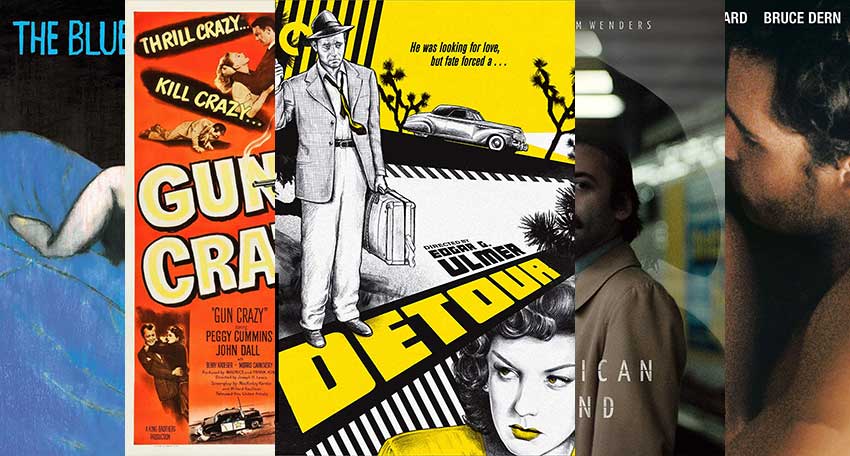
Some of the most memorable works of film noir involve characters who just can’t catch a break. And many times, these people’s ill fortunes come about via chance encounters they have with others who become poison in their lives. 1945’s Detour—this writer’s personal favorite film noir title—is one example of this kind of cinematic setup. With the Criterion Collection set to release a new edition of Detour in mid-March, it’s worth looking at how these random yet fateful run-ins between characters are played out in that classic and a few other titles within the genre.
Detour
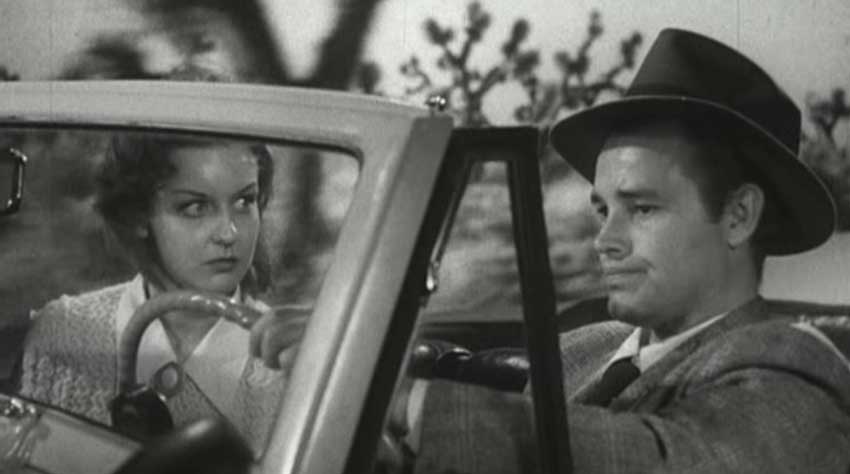
What It Is
1945 film noir based on the 1939 Martin Goldsmith novel of the same title.
The Chance Encounter
It’s really two interconnected chance encounters in this case, but the focus here is on the latter of the pair. Al Roberts (Tom Neal), a humble nightclub pianist from New York, is hitchhiking to California. He hopes to reconnect with his girlfriend, Sue, who used to sing at the New York club and has moved to Hollywood in hopes of developing a more fruitful career in show business. In Arizona, Roberts is lucky enough to catch a lift from a guy who’s going all the way to L.A. But then, the driver passes out while Roberts is behind the wheel and later proves to have died in his sleep from some unknown illness. For reasons too involved to detail here, Roberts responds to this crisis by leaving the man’s body on the side of the road, taking his clothes, wallet, and car, and assuming his identity. Then, shortly after crossing the California line in the dead man’s auto, Roberts picks up a young female hitchhiker named Vera (Ann Savage).
What Develops After the Meeting
As if Roberts’s luck wasn’t bad enough in catching a ride from a guy who dies in his company, it turns out that this Vera—a surly woman with a vicious temperament—knew the dead man. She knows they’re riding in the other’s guy car, knows that Roberts is pretending to be the deceased fellow, and figures Roberts must have killed the guy. But she doesn’t want to turn Roberts in to the police, at least initially. Rather, knowing she has the stricken man under her thumb, she’s going to dictate what happens in his immediate future.
Why the Two Should Have Never Met
That’s clear enough from the above paragraphs, right?
Why It’s Worthy
Director Edgar G. Ulmer’s film is simply one of the best of its kind to ever be made. That it got made on a tiny budget at a “Poverty Row” studio and stars no-name thespians gives it an underdog quality that only makes it that much more admirable. Neal and Savage couldn’t have been more perfect in playing their respective parts, and the dialogue offers a quotable line about once every three minutes.
Gun Crazy
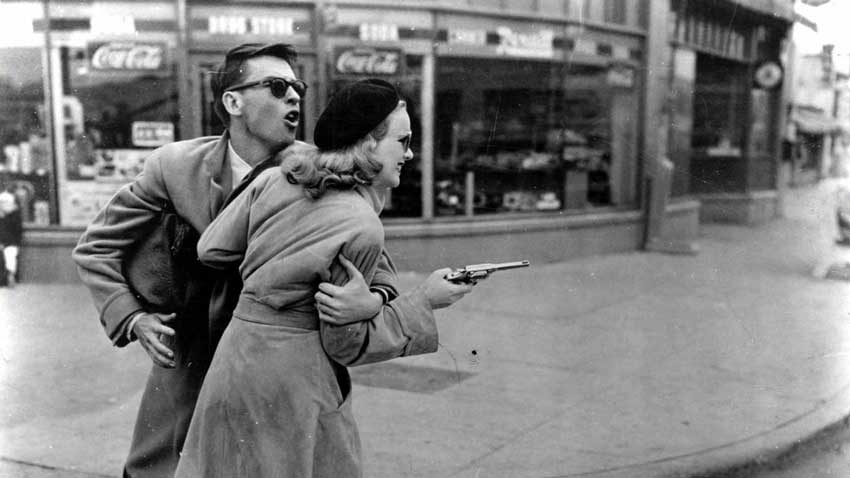
What It Is
1950 film noir based on a short story of the same title by MacKinlay Kantor.
The Chance Encounter
Bart Tare (John Dall) is an odd guy. He’s a softhearted fella who’s always gone out of his way to avoid harming any man or beast, yet he’s been obsessed with owning and shooting guns since he was a child. An attempted theft of a pistol causes Bart to spend his teen years at a reform school. After that—and a short hitch in the army—he returns to his hometown, ready to start the next chapter of his life. A few days after he gets back home, he and a couple of old friends go to see a traveling circus that’s stopped in the town. At the show, Bart is entranced by one of the performers—a beautiful woman named Annie Laurie Starr (Peggy Cummins), who does a sharpshooting act.
What Develops After the Meeting
Bart, who’s been unsure what to do next in his life, agrees to join the circus as Laurie’s partner in the gunplay routine. When they fall for each other, their mutual boss gets jealous and fires them both. Separated from the road show, they attempt to make a go of things as a couple in a straight life way. But they’re not getting very far, and Laurie is an ambitious woman who wants the kinds of material comforts life has never allowed her to that point. She convinces Bart that the two of them need to become a thieving duo so that they get a hold of some real dough and start living it up.
Why They Should Have Never Met
Bart has already done time for a past crime and should be getting on the straight and narrow now that he’s paid for that offense and done his military hitch. Meeting a woman who can pull at his heart while dazzling him with her gun-handling skills and who wants him to help her rob stores, banks, and payroll trucks, etc., is pure trouble for the guy.
Why It’s Worthy
Director Joseph H. Lewis’s feature delivers everything a film noir fan could want from a movie and then some. It’s a fascinating story with a hard edge on it. It follows seemingly doomed characters in a desperate fight against the inevitability of societal expectations and the rule of law.
The American Friend (Der Amerikanische Freund)
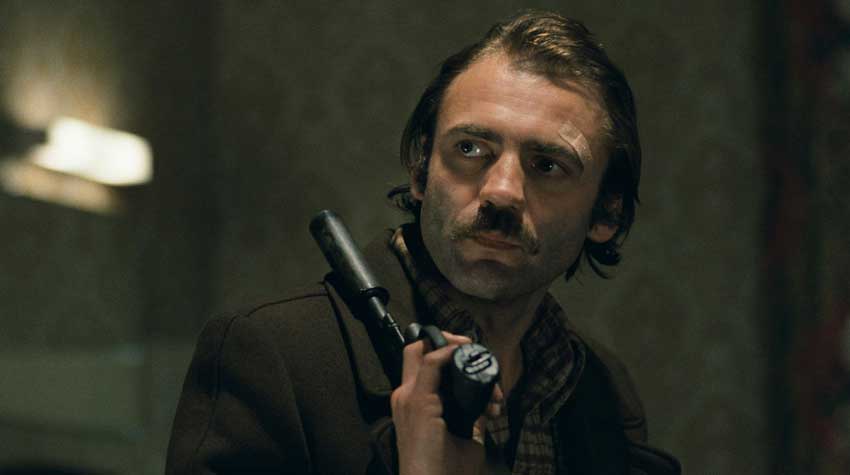
What It Is
1977 neo-noir loosely based on Patricia Highsmith’s Ripley novels.
The Chance Encounter
Bruno Ganz plays Jonathan Zimmerman, a resident of Hamburg, Germany, who runs a frame shop and some does some art restoration work on the side. Zimmerman is a good-natured if moody guy who has a wife and young son. He also has a worrying blood disease, the long-term prognosis of which is unclear. At an art auction, a mutual friend introduces Zimmerman to Tom Ripley (Dennis Hopper), an underworld fixer who engages in fine-art scams, among other illegitimate activities.
What Develops After the Meeting
A complicated scenario that’s difficult to sum up in a few sentences. But here goes: Zimmerman, who’s aware of Ripley’s reputation as a fraudulent art dealer, disses him when they are introduced. This pisses Ripley off, and he’s not a guy you want on your bad side. Ripley, who learns of Zimmerman’s illness, is the catalyst in a dastardly scheme that results in Zimmerman a) coming to believe that he only has a short time left to live and b) agreeing to take on a murder-for-hire assignment as a means of making a fat wad of money that he can leave to his wife and child.
Why the Two Should Have Never Met
If he hadn’t crossed Ripley, Zimmerman would have gone on being a happily married man and good father who has a disease that may or may not prove fatal at some unknown point in the future. Instead, he’s become a hired hitman doing the bidding of an unscrupulous gangster associate of Ripley’s, and he’s deceiving his rightfully suspicious wife about his doings.
Why It’s Worthy
German auteur Wim Wenders expertly combined his usual meditative philosophical atmosphere with bracing suspense. Hopper and Ganz put in award-worthy performances, as do all the people who play supporting roles.
See also: Page-to-Screen: Wim Wenders’s The American Friend and Patricia Highsmith’s Ripley Novels
After Dark, My Sweet
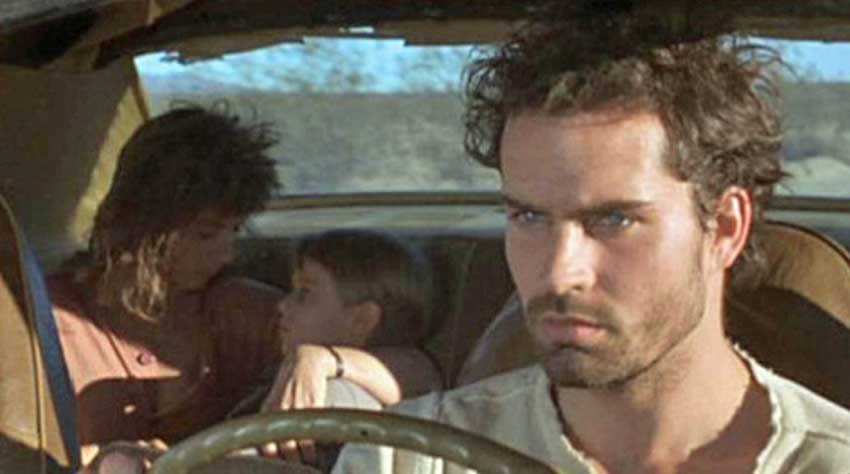
What It Is
1990 neo-noir based on the 1955 Jim Thompson novel of the same title.
The Chance Encounter
Kevin “Kid” Collins (Jason Patric) is a former pro boxer whose lack of control over his murderous impulses landed him in a mental hospital. Now an escapee from the psychiatric facility, Collins is on the drift in a random town when he stops in at a tavern for a cold glass of beer. In the watering hole, he gets to conversing with an unkempt yet attractive female barfly (Rachel Ward) named Fay Anderson.
What Develops After the Meeting
“Collie,” as Fay takes to calling him, is like a rabid shaggy dog—he’s both helpless and dangerous. People tend to either immediately loathe the ex-prizefighter or want to take him home and give him a nice, hot meal. Fay is a damaged yet wily widow who sees right away that Collie is fascinated by her, and she knows she can play him any way that suits her. And what suits her is she wants Collie to be the needed third member of a criminal conspiracy unit that will also include herself and her friend “Uncle Bud” (Bruce Dern), a seedy former detective. They plan to kidnap a young boy whose parents are wealthy and come away with a hefty ransom payday.
Why the Two Should Have Never Met
A mentally unstable and dangerously violent man getting mixed up with an unsavory femme fatale in a scheme that will endanger the life of an innocent child … what could possibly go wrong?
Why It’s Worthy
Thompson’s novel provides a gripping storyline that’s ideal for adaptation to a motion picture, and director James Foley effectively brought it to life on the big screen, albeit in a different era. Patric and Ward are hardly a Bogey and Bacall-caliber film noir leading man/woman tandem, yet both are convincing in these roles. Also, Bruce Dern is an ideal fit as the sleazy Uncle Bud.
The Blue Room (La Chambre Bleue)
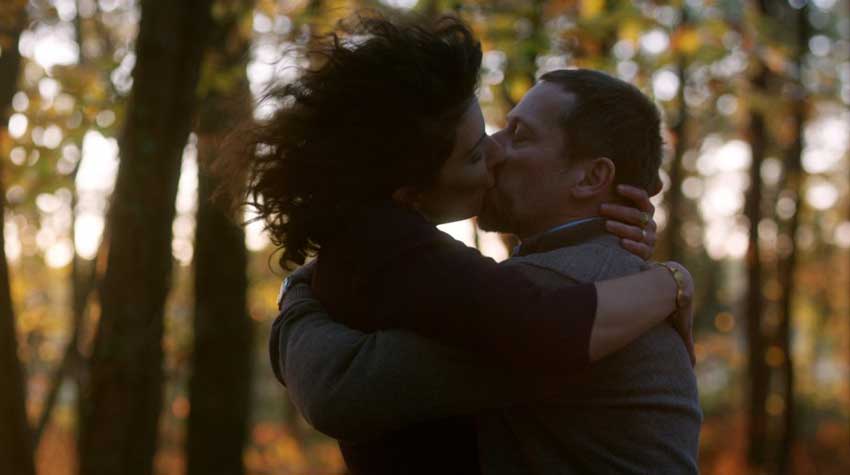
What It Is
2014 French erotic thriller based on the 1964 Georges Simenon novel of the same title.
The Chance Encounter
This fateful meeting between two characters is unique among this group, in that the pair knew each other before the unexpected run-in that changes both their lives. Julien Gahyde is a married man who runs a farm machinery business in a provincial area of France. He and his wife have a young daughter. One day, while driving, Julien encounters another motorist who is pulled over with a flat tire. He stops to help and discovers the distressed driver is a woman he knows, named Esther Despierre. The two grew up together but have only crossed paths intermittently and inconsequentially in their adult lives.
What Develops After the Meeting
Something about being isolated from others, out on the roadside, causes Julien and Esther to get into a charged conversation of a kind that they likely never would have had otherwise. Esther, who is also married, reveals to Julien that she’s had a thing for him since they were teenagers. They make out on the spot, then go ahead and have an impromptu full-on sexual escapade in a nearby field. After, they engage in a semi-regular affair, meeting occasionally at a hotel in a nearby town. All is going well for them in their illicit union until they realize that Esther’s husband is on to them.
Why the Two Should Never Have Met
Re-met, in this case. Or got to know each other in a way that wouldn’t have happened if not for the chance roadside encounter. It’s ok for Julien to have flings. His wife seems prepared to look the other way. There’s no reason why he can’t have affairs with Esther or other women and still maintain a relatively harmonious life as a family man. But this particular paramour is an obsessive type of person who’s had it bad for Julien since they were youths. And now that their relationship is threatened by her husband’s awareness of it, she’s prepared to take any steps to keep them together, no matter whose life that might endanger.
Why It’s Worthy
Amalric—who co-wrote the screenplay, directed the movie, and stars as Julien Gahyde—craftily utilized Simenon’s technique of continually switching from past to present as a means of revealing the story. His film accentuates the sexually charged aspects of the tale without ever being gratuitous in that way. All of the acting performances are well done, and Amalric successfully put across the theme of tragedy and despair that can follow giving in to hedonistic temptation.
Disclaimers: I limited this list to five titles because of space considerations. And for the sake of variety, I made a point of including movies released in different decades and having one of them depart from the usual pattern of a (relatively) innocent man being taken down the wrong path by a toxic woman. Without those restrictions, I surely would have included Double Indemnity (1944), Strangers on a Train (1951), etc., etc.
